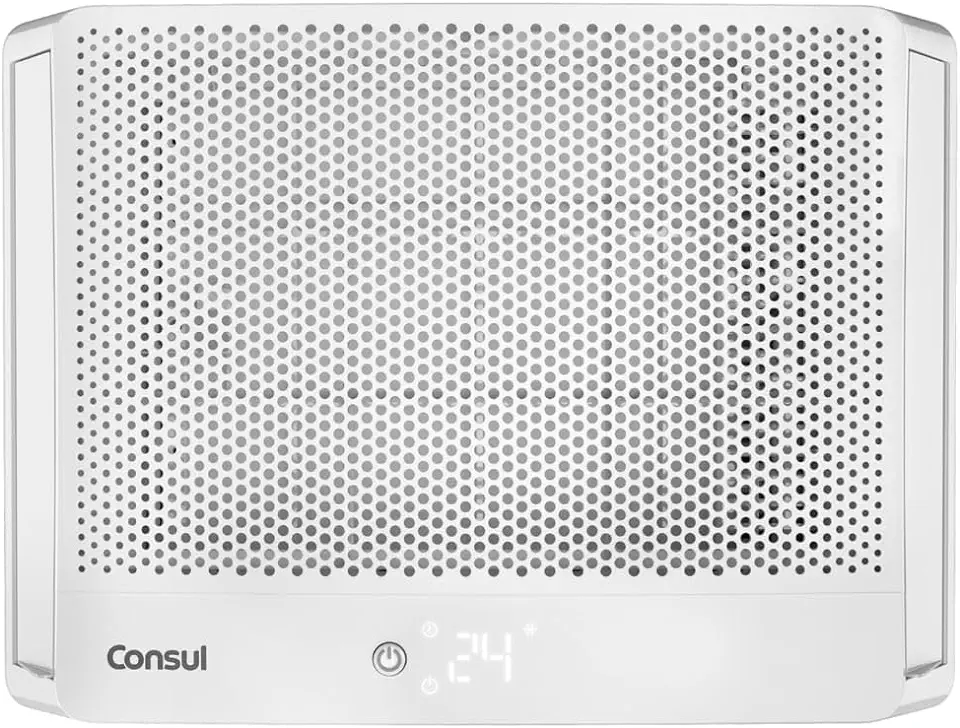
Ventilation - Remi Benedito Silva
Ventilation: A Comprehensive Guide to Designing and Implementing Effective Ventilation Systems
Introduction
In today's modern world, indoor air quality has become a major concern. With the increasing prevalence of allergies, asthma, and other respiratory illnesses, it is essential to ensure that the air we breathe indoors is clean and free from harmful pollutants. Proper ventilation plays a crucial role in achieving this goal by controlling the flow of air in and out of buildings, removing contaminants, and maintaining a comfortable indoor environment.
Understanding Ventilation
Ventilation is the process of exchanging indoor air with outdoor air to maintain acceptable indoor air quality. It involves the removal of stale, contaminated air and the introduction of fresh, clean air. Proper ventilation can help to:
- Improve indoor air quality by reducing the concentration of pollutants such as carbon dioxide, volatile organic compounds (VOCs), and particulate matter.
- Control moisture levels and prevent the growth of mold and mildew.
- Provide thermal comfort by maintaining a consistent temperature and humidity level.
- Reduce energy consumption by optimizing the use of heating and cooling systems.
Types of Ventilation Systems
There are two main types of ventilation systems: natural ventilation and mechanical ventilation.
- Natural ventilation relies on natural forces such as wind and thermal buoyancy to move air through a building. This can be achieved through open windows, doors, and vents.
- Mechanical ventilation uses fans or other mechanical devices to move air through a building. This type of ventilation is often used in conjunction with natural ventilation to provide more control over the airflow.
Designing an Effective Ventilation System
The design of an effective ventilation system depends on several factors, including the size and layout of the building, the number of occupants, and the types of activities that will be taking place. Some key considerations include:
- Airflow rate: The airflow rate is the amount of air that is exchanged per hour. The required airflow rate depends on the size of the building and the number of occupants.
- Air distribution: The air distribution system ensures that the fresh air is evenly distributed throughout the building. This can be achieved through the use of ducts, vents, and fans.
- Exhaust system: The exhaust system removes stale, contaminated air from the building. This can be achieved through the use of exhaust fans, vents, and chimneys.
Implementing and Maintaining a Ventilation System
Once a ventilation system has been designed, it is important to implement and maintain it properly to ensure its effectiveness. Some key considerations include:
- Installation: The ventilation system should be installed by qualified professionals to ensure that it is properly sized and installed.
- Maintenance: The ventilation system should be regularly inspected and maintained to ensure that it is operating properly. This includes cleaning the filters, ducts, and vents, and checking the fans and motors.
Conclusion
Ventilation is an essential component of any healthy building. By designing and implementing an effective ventilation system, you can improve indoor air quality, control moisture levels, provide thermal comfort, and reduce energy consumption. This can lead to a healthier, more comfortable, and more productive indoor environment.
Call to Action
If you are interested in learning more about ventilation and how to design and implement an effective ventilation system, I encourage you to purchase my book, "Ventilation: A Comprehensive Guide to Designing and Implementing Effective Ventilation Systems." This book provides a comprehensive overview of ventilation, including the different types of ventilation systems, the design process, and the implementation and maintenance of ventilation systems. With this book, you will have the knowledge and tools you need to create a healthy and comfortable indoor environment.